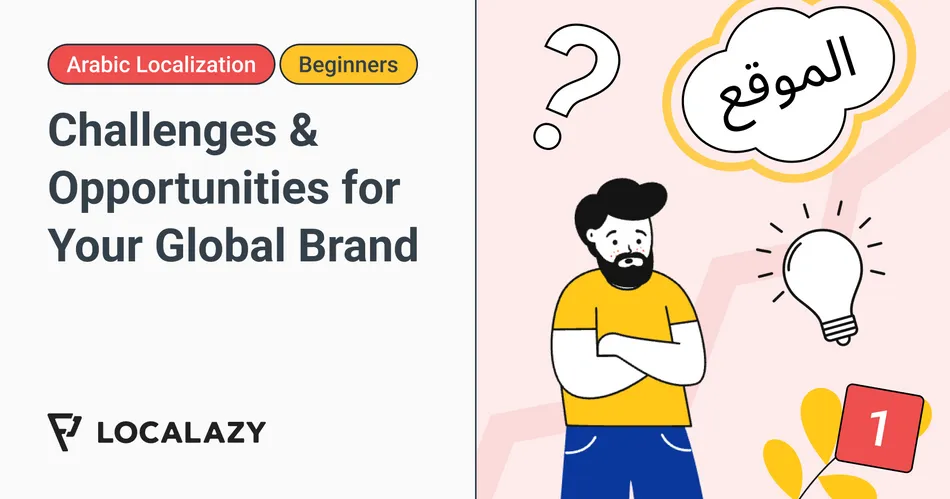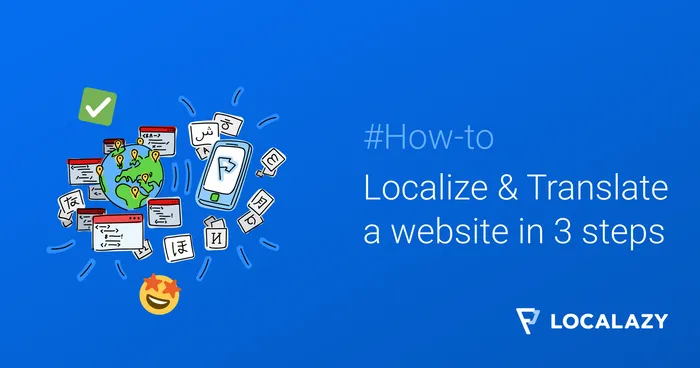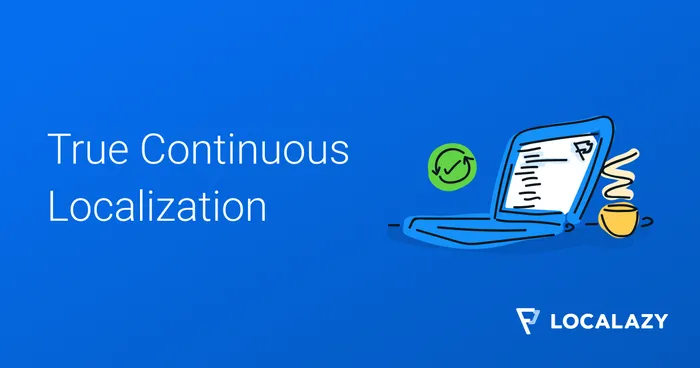The Arabic language stands out as a unique and vibrant thread in the rich tapestry of human communication. Spoken by over 420 million people in the Arab region, Arabic ranks among the six most popular global languages, and it's also an official language of the United Nations. With its deep historical roots and poetic nature, its influence has gone beyond the boundaries of the Arab world, leaving its mark on fields such as science, mathematics, philosophy, and art.
Economically speaking, inter-Arab trade currently stands at a staggering $700 billion, representing approximately 10-11 % of the global trade. 🌍 Arab countries spread from Morocco (west) to the Persian Gulf (east), speaking over 32 recorded variations of Arabic, depending on the country, region, and colonial history.
Even though Arabic has many speakers and a broad global presence –the Arab world alone encompasses a population of 464 million worldwide, including nearly 50 million people in the diaspora– Western companies looking to localize in the region still consider it demanding. There are 22 countries in the Arab world, with more than 25 distinct dialects spoken, which poses a challenge for global brands due to cultural nuances.
In this series, we will examine the primary challenges that companies looking to enter Arabic markets often encounter. We will provide helpful advice for different scenarios – but first, let's delve into the background and fundamentals of Arabic localization.
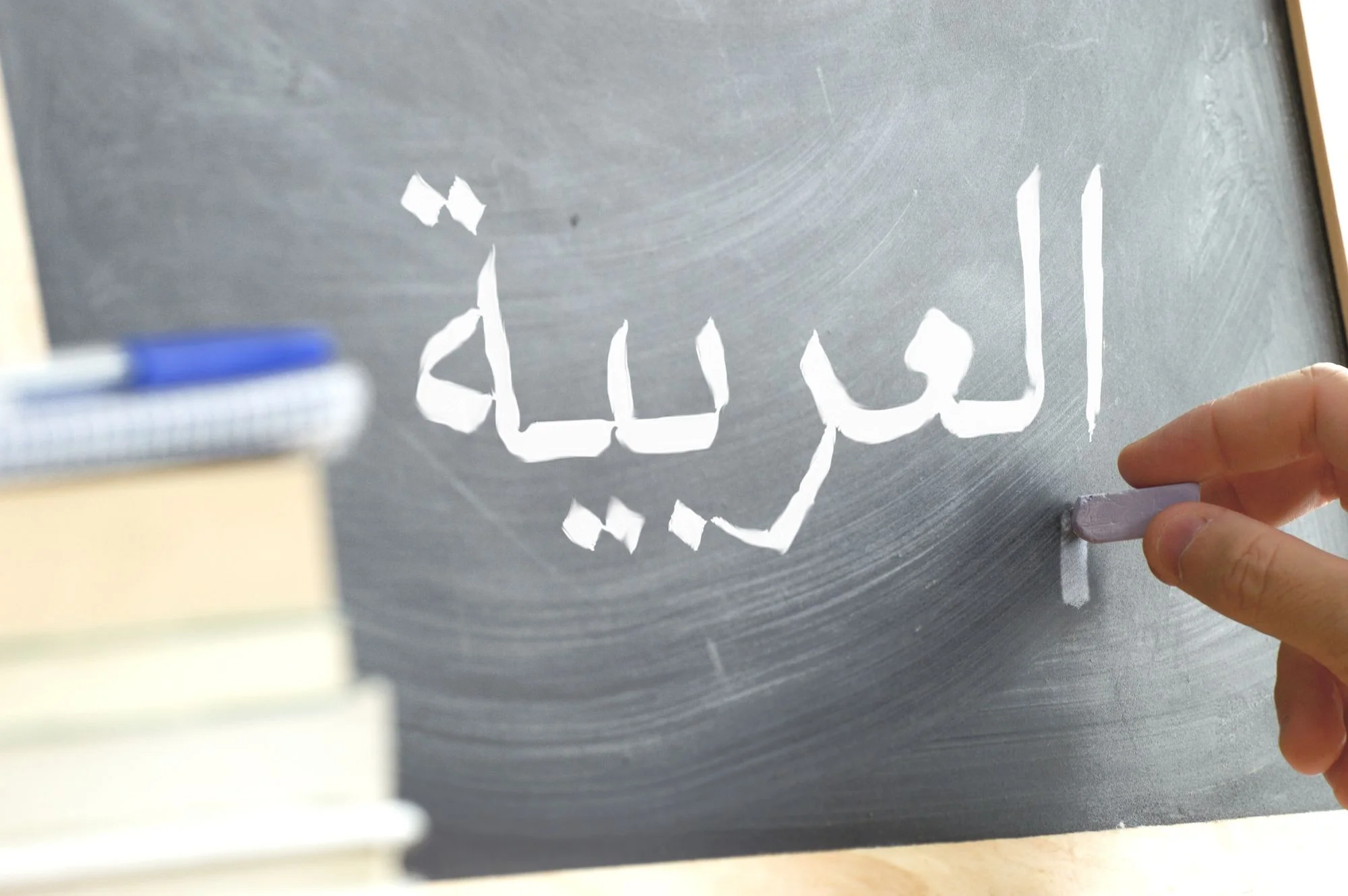
👳🏽♂️🧕🏻 Arabic forms and dialects 🔗
Arabic, a Semitic language within the Afroasiatic language family, has a fascinating array of dialects spoken natively across the Arab world. Understanding its nuances is critical to your brand's success when penetrating Arab markets.
But firstly, you need to know that Arabic has three different forms based on context:
- Modern Standard Arabic (MSA - Fusha): Used in formal media outlets, literature, and formal settings.
- Colloquial Arabic (Aamiya): Varies from country to country and is used in everyday conversation.
- Quranic (Classical) Arabic: Used in the study of religion and language sciences.
There are four major dialects for emerging Arab markets, which are becoming destinations for global brands and have an increasing demand for luxury brands and franchise opportunities.
Egyptian Arabic (110M speakers) 🔗
🇪🇬 Egyptian Arabic is a predominant variation in the Arab Media, music, and arts, given that Egypt was a cultural and trading hub for centuries and the link between Asia and Africa.
Most Arabs understand it, as Egyptian drama and music are very popular across the Arab world. Egyptian Arabic, in fact, has influences from Greek, Italian, English, Ancient Egyptian, Coptic, and French.
Gulf Arabic (58M speakers) 🔗
Gulf Arabic is the Arabic variation spoken across the Arab Peninsula. It's mainly spoken in the Gulf countries:
Of course, each country has its variation: there are even sub-variants across each region. For instance, in Saudi Arabia, there are the Hijazi, Najdi, and Bedouin dialects. They're a very rich and distinct form of Arabic, closer to Quranic Arabic. The people of the Gulf excel in poetry, literature, and figurative language.

Levantine Arabic (44.5M speakers) 🔗
Levantine Arabic is diverse. It includes variations like 🇸🇾 Syrian Arabic, 🇱🇧 Lebanese Arabic, 🇯🇴 Jordanian Arabic, and 🇵🇸 Palestinian Arabic.
Due to colonial and historical factors, each dialect has a different slang and influence from foreign languages. For example, Palestinian Arabic has Hebrew influences, Lebanese has French influences, and Syrian has French, English, and Aramaic influences. However, the accent and phonetics are close to each other, and non-natives may not spot the difference. 👂 Think of it as British, Irish, and Scottish English.
Maghrebi Arabic (96M speakers) 🔗
Spoken in North West African countries, Maghrebi Arabic includes dialects like 🇲🇦 Moroccan, 🇩🇿 Algerian, and 🇹🇳 Tunisian Arabic.
Other Arabic dialects, such as Iraqi, Sudanese, and Libyan, don't have much demand in the global localization market, mainly due to the political conflicts in those countries.
🥛 Here is an example of the word "لبن" (pronounced labban) and what it means in different dialects:
Word | Pronunciation | Variation | Translation |
لبن | Laban | Egyptian | Milk |
لبن | Laban | Levantine | Yogurt |
لبن | Laban | Classic Arabic | Milk |
لبن | Laban | Saudi (GCC/Khaliji) | Yogurt |

☪️ 5 key facts about the Arabic language 🔗
Arabic is a captivating language with a rich history and intricate nuances. Let's explore some fascinating facts about it.
1. Root-based word construction 🔗
Arabic constructs words from basic roots. For example, the root 'k-t-b' forms writing-related words, such as 📖 kitab (book) and 📇 maktab (desk or office). This system conveys a depth of meaning and emotion unmatched by many languages.
2. Figurative speech, metaphors, and rhyme scheming 🔗
Arabic is a poetic language that involves complex metaphors and rhyming. This is heavily influenced by the Quranic scriptures, where the verses rhyme fascinatingly and rely heavily on figures of speech to paint the picture. Here's an example:
Arabic | Literal Translation | Meaning |
ألخَيْـلُ وَاللّيْـلُ وَالبَيْـداءُ تَعرِفُنـي وَالسّيفُ وَالرّمحُ والقرْطاسُ وَالقَلَـمُ | The horses, the night and the deserts know me, and the swords, spears, papers and pens! | The poet is showing off his diverse and contradicting set of skills of horse riding and poetry, as well as fighting with swords and spears |
3. Descriptive terms 🔗
Due to its poetic nature, Arabic is rich in descriptive terms. For instance, the following three terms express different nuances of love:
○ ❤️🔥 هيام (hiyām): Infatuation or passionate love.
○ 😍 افتِتان (iftitān): Adoration or being captivated by someone or something.
○ 🔥 وَلَع (walaʿ): Intense affection or burning desire.
4. Arabic as a scientific language 🔗
The Arabic language has played a significant role in the development of scientific knowledge throughout history. Algebra, chemistry, and translation were sciences that flourished in the Arab world and are still of major significance today. 🔬 As a result, many terms in these areas have an Arabic origin, such as algebra, chemistry, celestial navigation, and many others.
For example, the word ⚗️ alchemy was derived from the Arabic word كيمياء or kīmiyāʾ and may ultimately derive from the ancient Egyptian word kemi, meaning black.
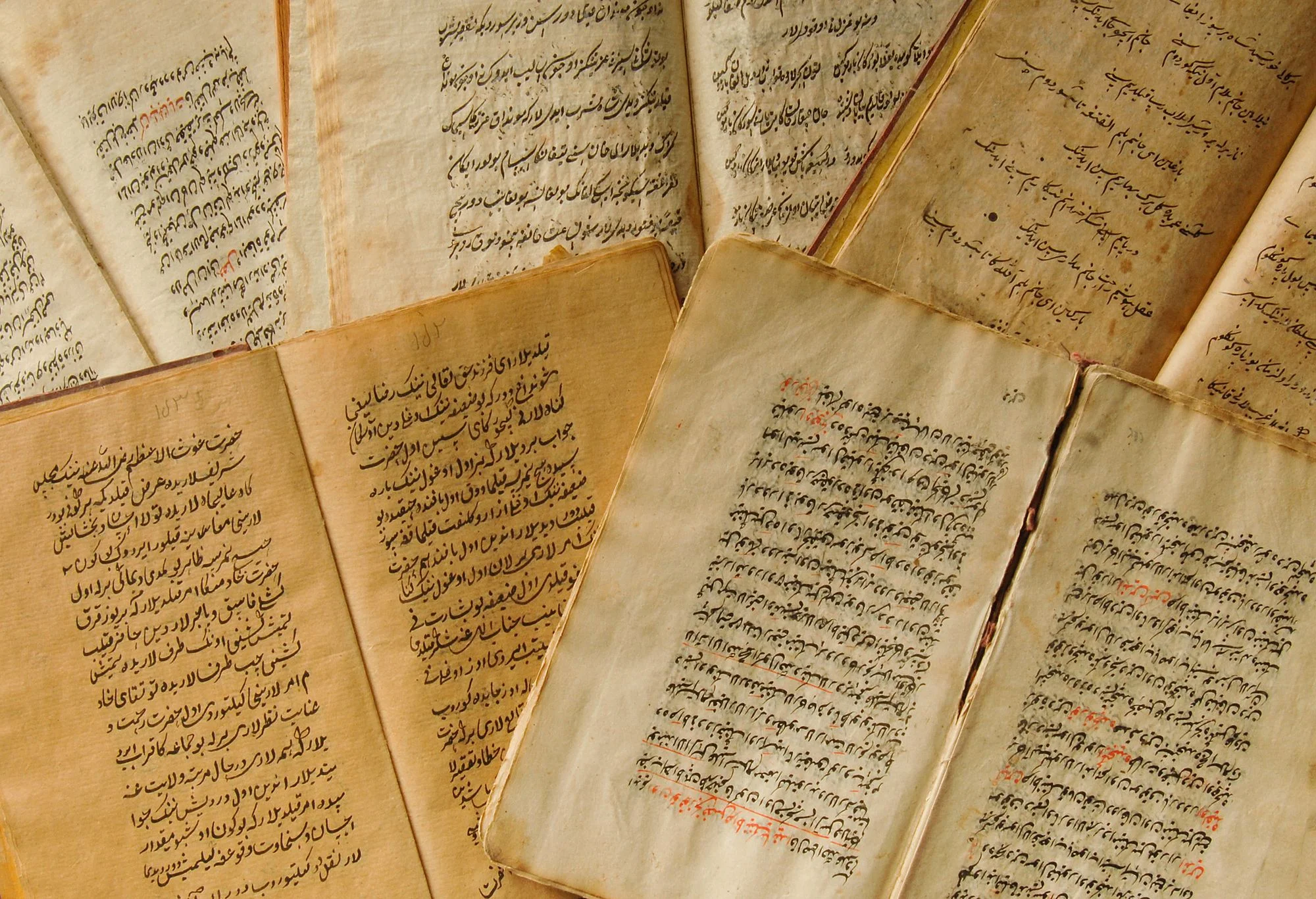
🐪 Challenges of Arabic localization 🔗
Most global brands face a series of common challenges when entering the Arab market. Let's review them.
1. Choosing a dialect 🔗
As we already explored, Arabic boasts a rich variety of dialects across different regions. From Egyptian Arabic to Levantine and Gulf dialects, each has unique nuances. Localizing content for a specific dialect can be a bit problematic.
Most brands new to the Arab markets tend to translate into Modern Standard Arabic (to cut costs/save time), which is only suitable for user manuals, medical, and legal text. However, for marketing and creative domains, MSA isn't used locally in informal communications.
Most brands new to Arab markets tend to translate into MSA, which is only good for user manuals, medical, and legal text, but not for marketing
Brands like Netflix struggled with their localization strategy in Saudi Arabia. Some Saudi subscribers went as far as making memes calling out and roasting Netflix on Twitter over their "too-literal" translations. Netflix managed to overcome this by localizing into each locale individually and eventually becoming a staple in most modern Arab households.
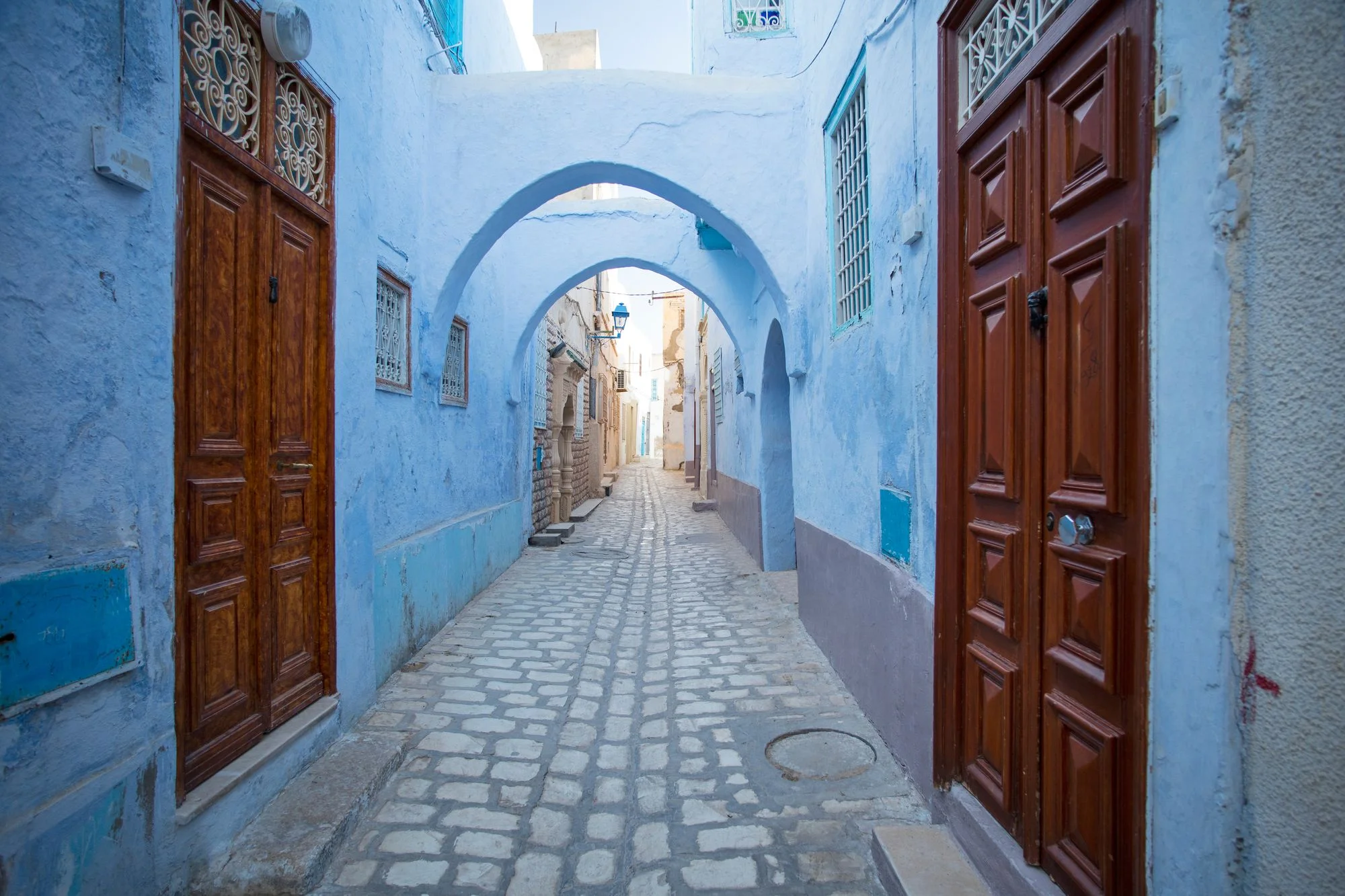
2. Language complexity 🔗
Arabic is a complex language with intricate grammar rules, verb conjugations, and noun declensions. Translators must navigate these complexities to ensure accurate and culturally relevant content.
Here is an example of a word that can have varied meanings based on context and the presence of diacritics:
Word | Pronunciation | Translation |
ملِك | Malik | King |
مَلَكَ | Malak | Owned |
مَلَك | Malak | Little Angel |
مُلْك | Molk | Property/State of being owner |
3. Different cultural sensitivities 🔗
Arab culture is not monolithic; it varies across countries and regions. 🗺️ Understanding cultural nuances and showing respect are essential when interacting with Arab individuals.
Arabs are mostly conservative: religion and traditions play a significant part in shaping the culture and reflect on consumer behavior to a great extent. Therefore, the way to address Arab users in commercial communications differs from what we're used to in Western societies. For instance, gambling is highly prohibited in most Arab countries, with the implications that this has on certain commercial content, and adult and explicit content is frowned upon.
4. Difficult formatting 🔗
Arabic is a script written from right to left (RTL). This poses formatting challenges, as text alignment and layout require meticulous attention. When choosing a translation management system, it is important to ensure that RTL languages like Arabic are supported to avoid the unnecessary costs and wasted time needed to fix incompatibility issues.
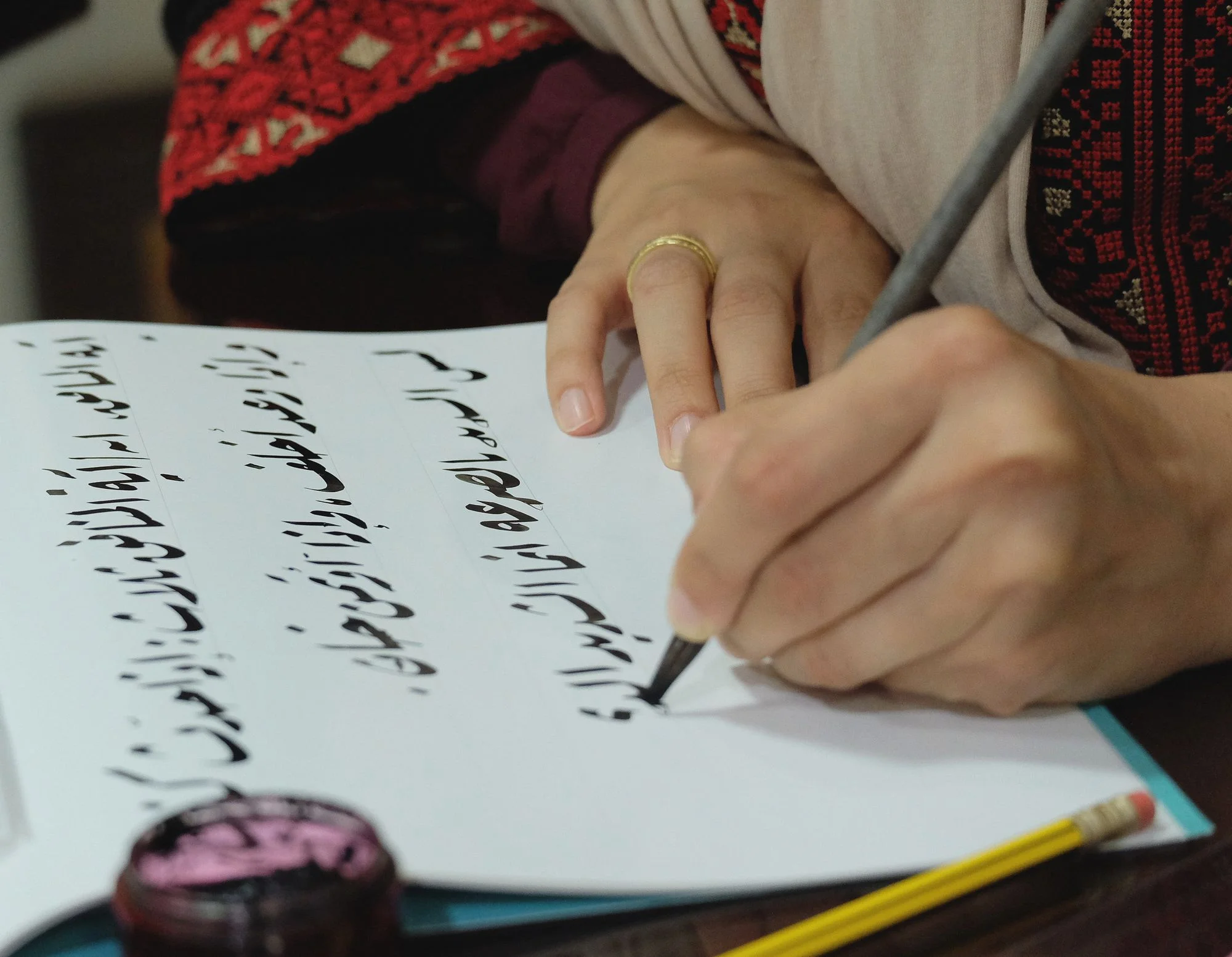
Although Modern Arabic is bidirectional when it comes to text processing, formatting, and bidi algorithms, Arabic is inherently a right-to-left (RTL) language. There are two instances when this script is written from left to right (LTR): in the case of 📲 Franco-Arab, an informal form of written Arabic mainly used on social media and texting that was popularized among millennials, and in the case of 🇸🇸 Juba Arabic, a written Arabic dialect only used in Juba (Sudan), which it's not recognized by many as an official language.
5. Poetic & figurative language 🔗
Arabic is poetic and often employs metaphors, similes, and idiomatic expressions. Translating these figurative elements while preserving their essence is an art. ✍️ Machine translation hasn't shown much reliability in decoding the Arabic language's complex figures, metaphors, and emotions yet.
Translating figurative elements, which are commonly found in Arabic, is an art. So far, machine translation hasn't shown much reliability in decoding the complex figures, metaphors and emotions of the language
For these poetic nuances to translate well, it is essential to have language experts with relevant subject matter experience who are native to your targeted countries. Brands that rely solely on MT when localizing their content usually receive major backlash and harsh criticism, especially in the frontier Gulf markets (Saudi Arabia, UAE, and Qatar). Leveraging technology (MT/AI) and human expertise is the way to go.
6. Arabization vs. localization 🔗
Arabization involves adapting foreign content to Arabic-speaking markets, while localization goes beyond language to consider cultural context, imagery, and user experience. Western companies tend to choose the former and forget about the latter.
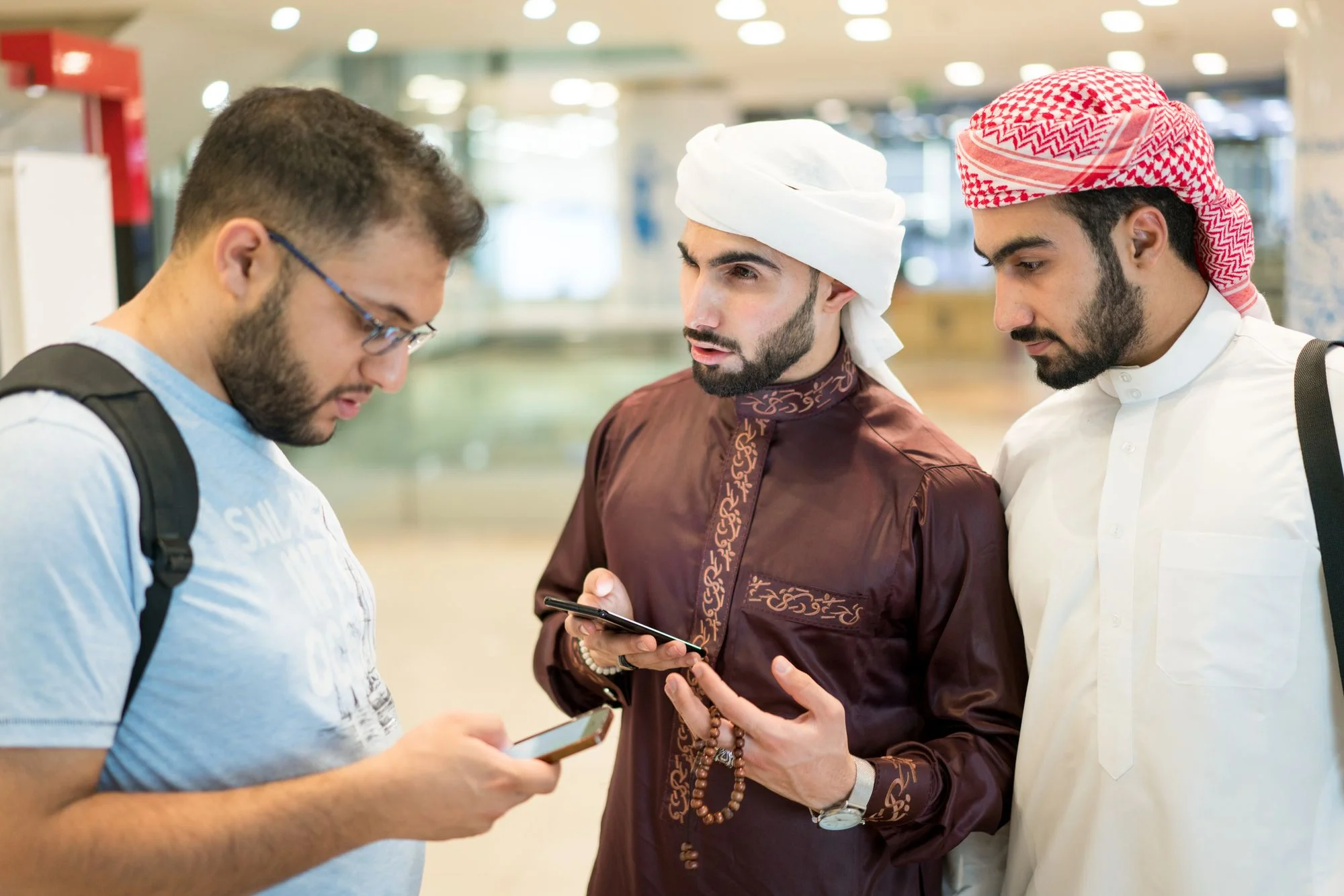
🕌 How to localize to Arabic: Where to begin? 🔗
Once you are aware of the specific challenges that may arise when localizing to Arab markets, where should you start? To begin with, it's essential to recognize that people must feel acknowledged and valued before presenting any product or service to them. Here are a few recommended approaches when localizing your content to Arabic.
Do proper market research 🔗
Before diving into full-scale localization, assess and understand the targeted countries. Thus, it's preferred that you have a team from each country/region you want to expand to. Consult with local experts and make sure to find the right team of professional translators and proofreaders fit for the task.
Choose the right tools 🔗
Having the right CAT tools and TMSs that support Arabic and RTL languages is paramount. If you are thinking of turning to AI-assisted translation & NMT (Neural Machine Translation) due to time or budget constraints, make sure to have a local team at hand to assess and adapt the output to local markets.
Understand Arabic nuances 🔗
This goes without saying, but make sure to speak to your users in the dialect of the region you're targeting. Arabic has dozens of dialects. 🗣️ Understanding regional variations and cultural nuances is key to implementing a successful localization strategy.
Be culturally sensitive 🔗
Arabic-speaking nations share common cultural values but also have unique customs and taboos. You should consider adapting your content accordingly. Explicit or offensive content, foul language, and promotion of alcohol, tobacco, gambling, and related products are highly restricted in the Arab markets.
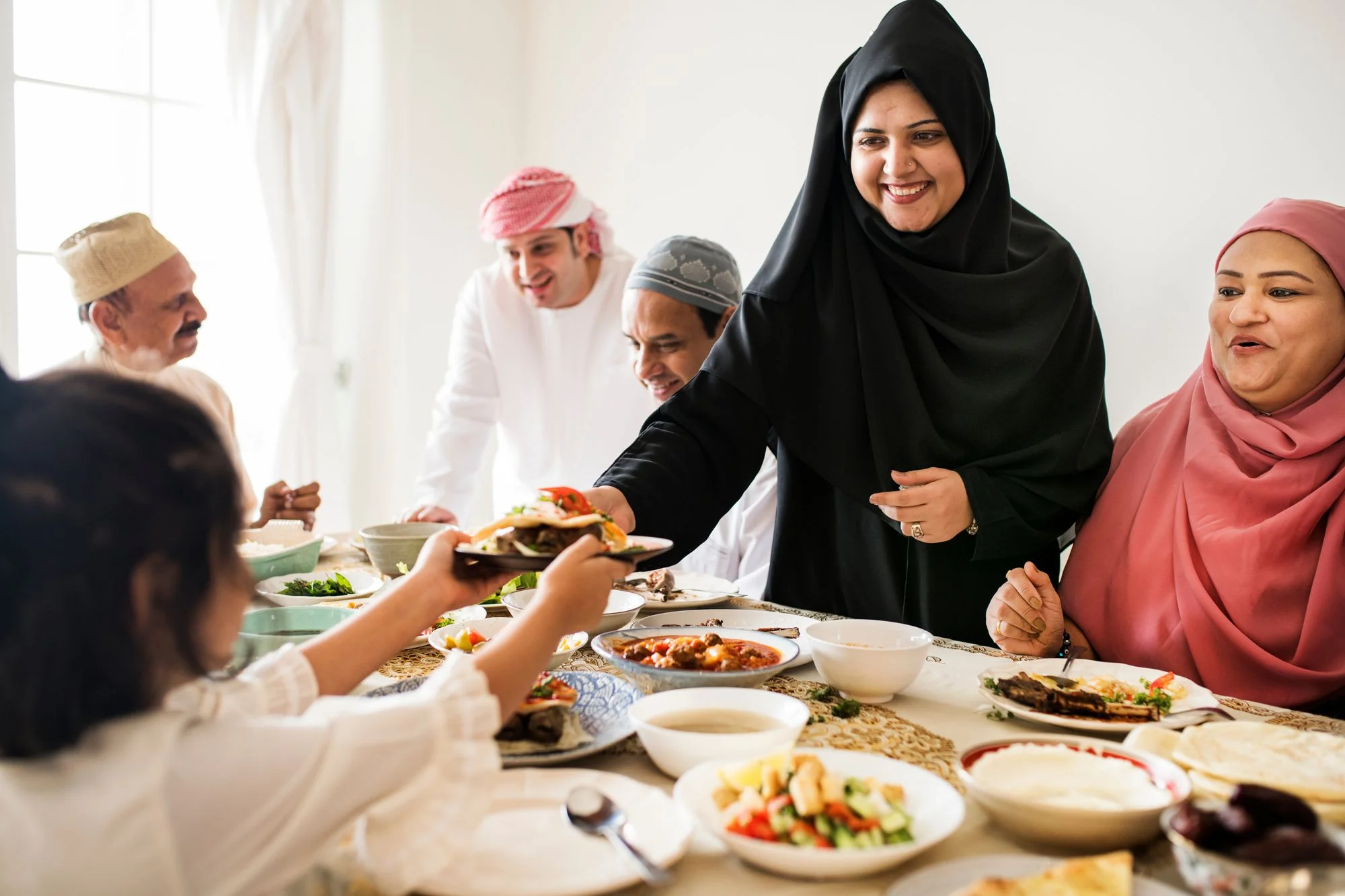
Work on graphic localization 🔗
An Arabic/RTL DTP (desktop-publishing) team is essential when localizing graphics in Arabic content. Western languages are mostly left to right (LTR), while Arabic is right to left (RTL). This can be tricky to implement, as all images and graphics must be rotated 180 degrees.
Choosing the right formats, DTP software that supports RTL, and experts who will implement the graphics localization will ensure the highest quality of output. This will also cut down costs and time, reducing the need for localization engineering and minimizing formatting and quality issues.
Having a good desktop-publishing team is essential to localize graphics in Arabic, as the script is written from right to left. Thus, all images and graphics will have to be rotated 180 degrees
QA is paramount 🔗
Ongoing user testing, feedback, review, and analysis are essential for a winning localization strategy, especially with the Arabic language, which poses formatting and cultural adaptation challenges. This means that you'll need to take special care of the reviewing and refining process. Collaborate closely with clients and linguists throughout it and send feedback and approval at key milestones.
A poorly localized product can lead to a poor user experience. Reviewing helps identify areas where the user experience may suffer due to inaccuracies and maintains consistency across all localized content. Consistent terminology, style, and tone enhance brand identity.
😓 Here is an example of a lousy UI in Arabic, where the localizers definitely never considered doing some A/B testing or checking how Arabic would look in the final product:

You can see that the word (Arabic - العربية) is written backward (left to right), and it looks like gibberish. Refining ensures that the language flows naturally, making the product more user-friendly and ensuring that the content complies with the cultural and legal aspects of the targeted countries/audiences.
Never use Google Translate! 🔗
Machine translation still has a long way to go, especially when it comes to translating between languages from different language families, like Arabic and English. Ultimately, you may end up investing more time and money in correcting the errors made by a machine than if you had hired a professional human translator. This is not to mention the potential damage to your reputation from presenting an embarrassing mistranslation to your audience. Here is an example caught in the wild:
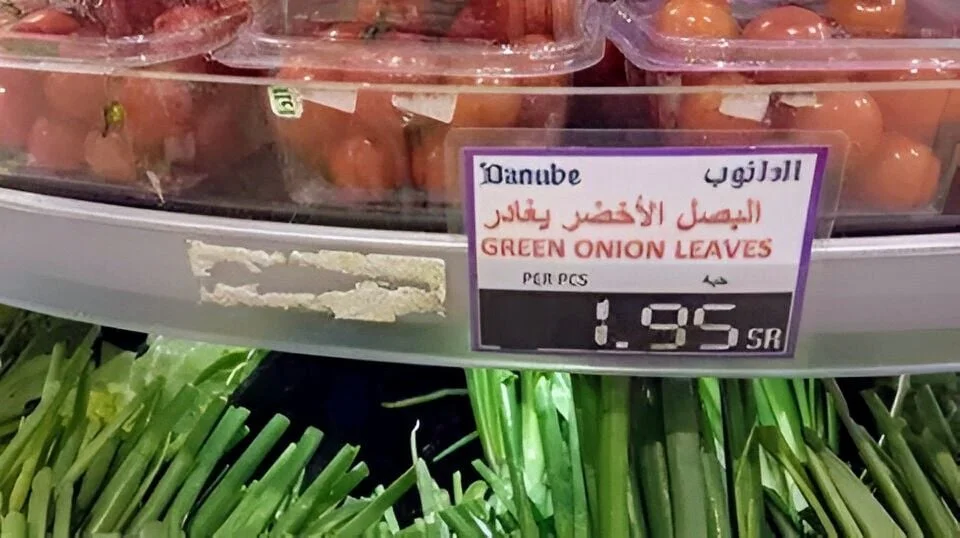
In this specific instance, "green onion leaves" was translated into "green onions should leave." 😬
🤲 The opportunity of localizing to Arabic 🔗
While the Arab population is relatively small compared to the overall global population, its cultural, economic, and geopolitical significance remains substantial. Understanding Arab cultural nuances and implementing a successful localization strategy for the Arab-targeted audience is key for global businesses seeking to grow their brands in Arab and Middle Eastern countries.
Localazy combines the technology, expertise, and efficiency to support your entry into Arabic-speaking markets. By leveraging our tools and services, including our integrations, CLT, and automation tools, you can confidently reach your target audience with accurate and culturally relevant content.
